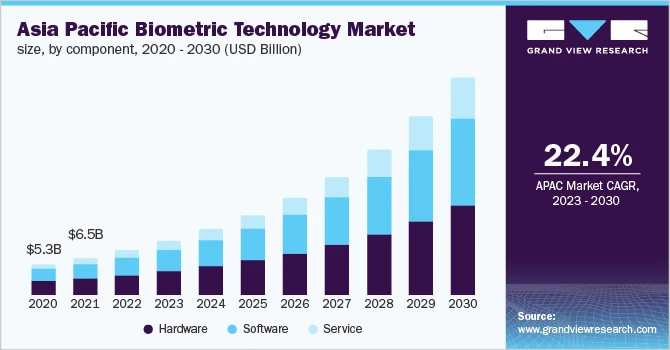5G vs 6G: What the Difference and What Next?
With the rapid evolution of technology, we are constantly looking for faster and more efficient ways to connect to the internet. The transition from 4G to 5G was a game-changer in terms of connectivity, but now the buzz is all about 6G. So, what exactly is the difference between 5G and 6G, and what can we expect from the next generation of wireless technology?
What is 5G?
5G is the fifth generation of wireless technology, offering faster speeds, lower latency, and more reliable connections compared to its predecessor, 4G. With 5G, users can experience download speeds of up to 10 gigabits per second, making tasks like streaming high-definition videos and online gaming seamless and lag-free.
Benefits of 5G
Some of the key benefits of 5G include:
Increased bandwidth for more devices to connect simultaneously
Low latency, enabling real-time communication and faster response times
Improved network reliability, even in densely populated areas
Enhanced security features to protect sensitive data
What is 6G?
6G is the sixth generation of wireless technology, expected to build upon the foundation laid by 5G and take connectivity to the next level. While 6G is still in the early stages of development, experts predict that it will offer even faster speeds, lower latency, and more advanced features compared to 5G.
Key Differences Between 5G and 6G
Some of the key differences between 5G and 6G include:
Speed: While 5G offers impressive speeds of up to 10 gigabits per second, 6G is expected to push the boundaries even further, potentially reaching speeds of up to 100 gigabits per second.
Latency: 6G is expected to further reduce latency to less than 1 millisecond, making real-time communication and response times nearly instantaneous.
Connectivity: 6G is expected to support a larger number of devices connecting simultaneously, paving the way for the Internet of Things (IoT) to flourish.
Technology: 6G is anticipated to incorporate cutting-edge technologies such as artificial intelligence (AI), machine learning, and quantum computing to enhance performance and efficiency.
What’s Next for Wireless Technology?
While 6G is still several years away from widespread deployment, researchers and industry experts are already exploring the possibilities and potential applications of the next generation of wireless technology. Some of the areas that could benefit from 6G include:
Augmented and virtual reality
Autonomous vehicles
Smart cities
Healthcare services
Environmental monitoring
As we look towards the future of wireless technology, it is clear that 6G will revolutionize the way we connect and interact with the world around us. With faster speeds, lower latency, and more advanced features, 6G has the potential to transform industries, improve communication, and drive innovation in ways we have never seen before.
So, while 5G has already changed the game in terms of connectivity, 6G is poised to take us to new heights and redefine what is possible in the world of wireless technology. And with each new generation of wireless technology, we are one step closer to a more connected and efficient future.


